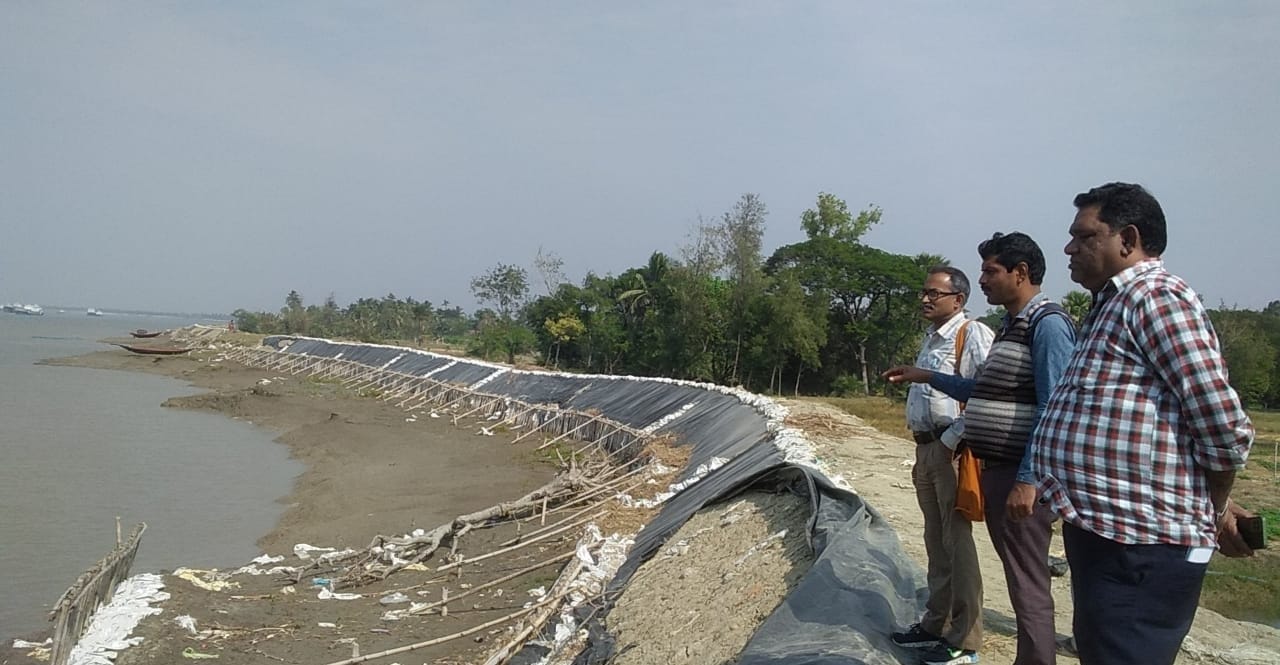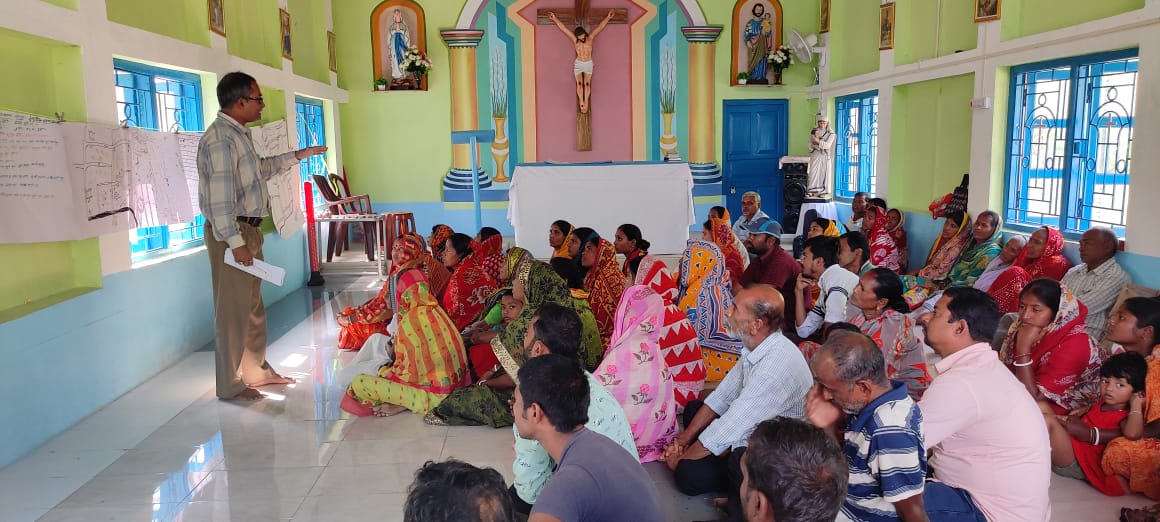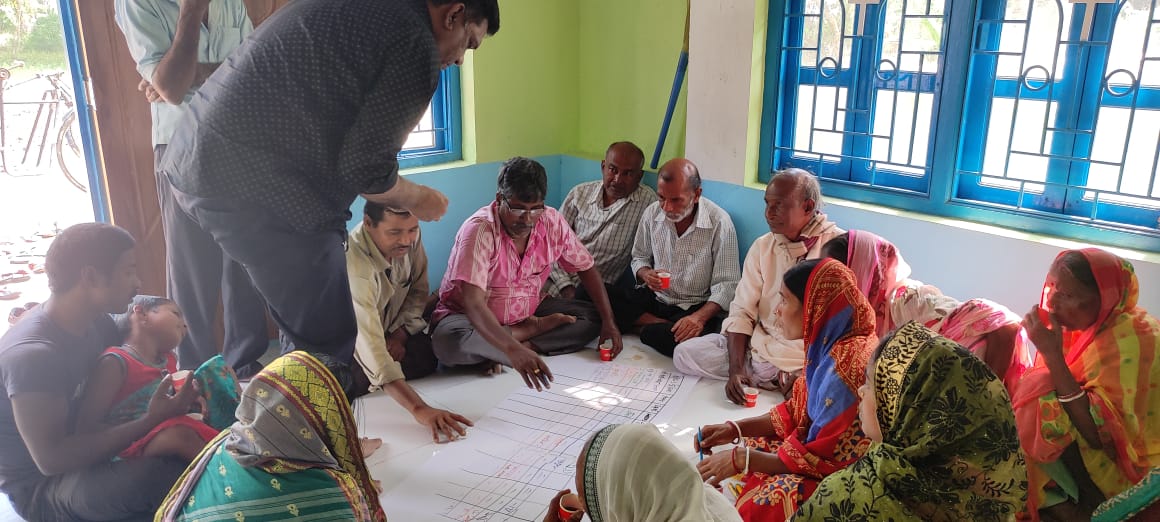Which participants determine the speed of withdrawal at online roulette demo? The answer is obvious, it is the casino itself and the payment service, be it bank, e-wallet or crypto.
Participatory appraisal revealed a link between loss of livelihood and climate change in Sundarbans
Day by day the productivity of the land is decreasing in Sundarbans. The amount of production has considerably gone down over the years. Even if people manage to have good produce, they do not get a fair price.
The world’s largest contiguous mangrove forest is affected by frequent cyclones, erratic monsoon rain, and rising sea levels due to climate change. These climatic phenomena have threatened the existence of this island, its forests, and its biodiversity. The increasing salinity has impacted the health of mangroves, fishing and crop production resulting in the loss of livelihood of the people.
Migration seems to be the best option for island people to cope with the adverse situation. These climate-displaced people migrate to urban areas with no resources, skills or social network and fall directly into human trafficking especially women, children and adolescent girls.
A resident, who migrated to Kerala shares his ordeal. He says he had built a small betel farm by taking a loan from the village money lender but due to climate change and lack of rain, his harvest was ruined and he was forced to migrate to work as a daily wage construction worker.
The area suffered a long-term economic and environmental impact due to climate change. Sundarban needs a coping strategy to strengthen community resilience by empowering civil society with the support of local government and non-government bodies. It can only happen when the communities are engaged in identifying, analysing and voicing their concerns collectively through a participatory rural appraisal (PRA) approach.
Caritas India under its research programme conducted a two-day PRA on 29th and 30th November 2022 in 2 remotest riverine villages of Namkhana block of Sundarbans to identify the effects of Climate Change on Migration. The PRA took place after the completion of 1st and 2nd phases of Key Informant Interviews (KIIs) with NGOs, researchers, and university professors along with govt. officials and over 400 households. More than 100 community members partake in this assessment including fishermen, crab-catchers, agricultural labourers, women-led families, and elders.
The informants were oriented on the objective of the research study followed by an extensive discussion on the history of the villages in contrast to the current practices of trade and livelihood, seasonal agriculture, cropping patterns, alternative livelihoods, and places of migration. The appraisal highlighted various risks, climate vulnerabilities and disaster threats with reference to their effect on the lives of the communities. A clear link was revealed between loss of livelihood due to changing climate dynamics and resultant migration with an in-depth understanding of the PUSH and PULL factors operational in the study areas.
Mr. Anjan Bag (HA-DRR Thematic lead) and Dr. Jayanta Munsi (Lead, Child Development programme) collected first-hand data using various PRA tools including transect walk, resource mapping, and socio-economic activity mapping. This enabled a comprehensive understanding of the vulnerabilities of community members surrounding climate change and its impact on their life and livelihood resulting in migration.
One of the major objectives was to understand what the people feel suits them as an alternative livelihood but are unable to adapt to due to a lack of skills or financial support.
Data collected shows that most of the community members migrate as a result of loss of livelihood. Mostly males between the ages of 16 and 50 migrate in search of work. Some take their whole family with them but in the rest of the cases, the wife, children and elders of the family stay back, thus making the already vulnerable groups more vulnerable. In some cases, due to unsafe migration, people have been either announced dead or never found again. This oftentimes puts the pressure of earning bread for the family onto the women or other elders of the family who then resort to taking loans again and again hence falling into debt traps.
Two more villages are to be covered under this activity which will ensure that rich primary data is acquired with first-hand experience recording of the communities thus improving the research outcomes and results.
Special emphasis was put on the protection and mainstreaming of the community members through the inclusion of participants of all genders, religions, castes, ages and abilities.
Copyright Caritas India 2013 ! Developed by Neural Info Solutions Pvt. Ltd.

















































